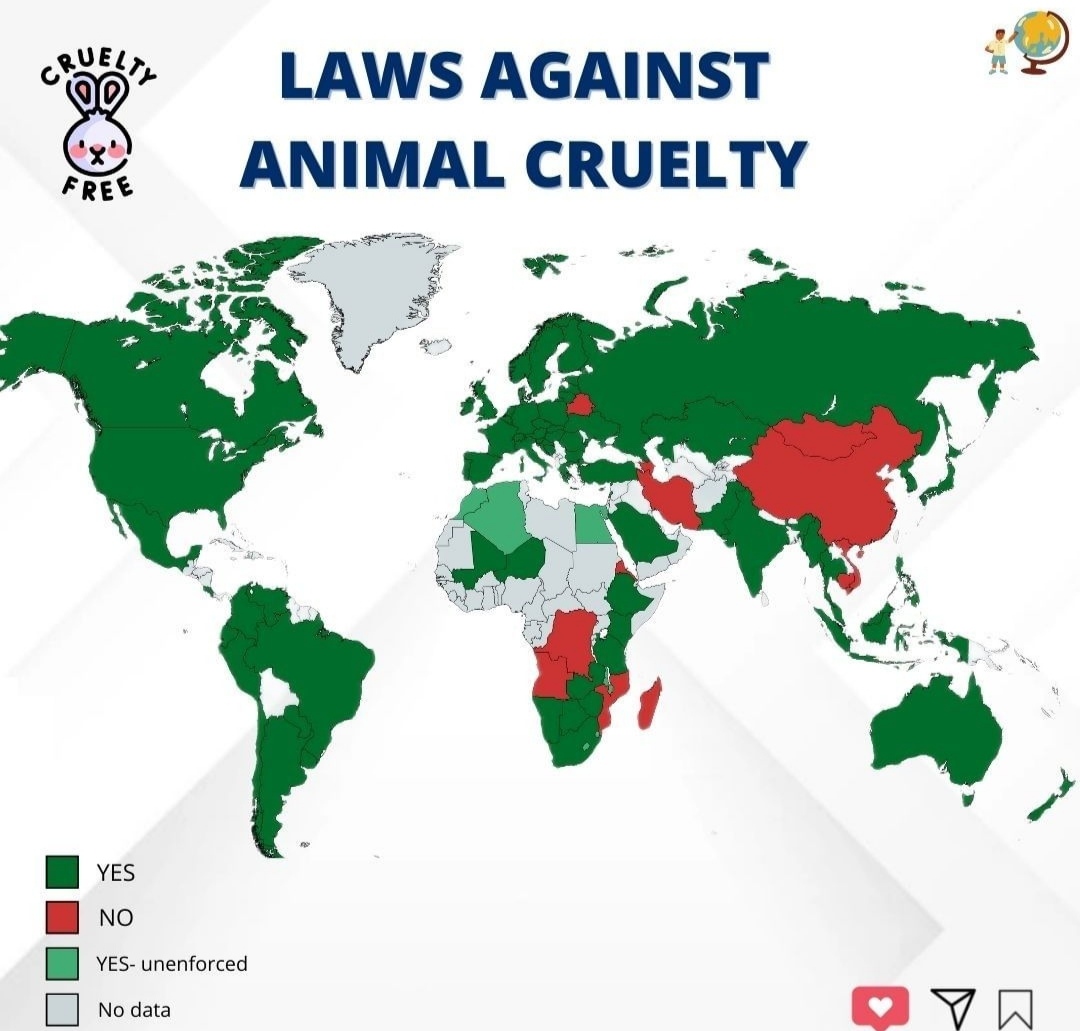In recent years, there has been a growing concern regarding the welfare of animals, leading to increased advocacy for stricter animal cruelty laws. But the critical question arises: do tougher laws actually serve as an effective deterrent against animal abuse? To answer this, one must delve into a myriad of factors, including historical context, statistical evidence, and psychological underpinnings that contribute to the perpetuation of cruelty.
Historically, animals have often been viewed as mere tools or property, and the legal frameworks surrounding them have reflected this perception. For centuries, laws governing animal welfare were largely inadequate, offering minimal protection and rarely imposing significant consequences for abusers. However, as societal values have evolved, so too has the recognition of animals as sentient beings deserving of legal consideration. Consequently, there has been a legislative push for more stringent regulations. Yet, mere legislation is not always sufficient to enact change.
To understand the effectiveness of these laws, one must examine various jurisdictions that have enacted tougher animal welfare statutes. For instance, some regions have increased penalties for animal cruelty, imposing hefty fines or extended jail sentences for offenders. While at first glance, it seems that these measures should substantially reduce incidences of abuse, the reality is more nuanced. Studies have shown that tougher laws do not automatically translate into a decline in animal cruelty cases.
One potential explanation for this disconnect lies in the challenge of enforcing existing laws. The implementation of stricter laws requires not only proper funding and resources but also widespread public awareness and engagement. Law enforcement agencies often face limitations in training and manpower, hampering their ability to enforce these regulations effectively. Furthermore, in many areas, cultural attitudes toward animals may undermine the legal framework, leading to a lack of reporting and inadequate follow-through on cases of abuse.
Additionally, the psychological implications of animal abuse cannot be overlooked. Many individuals who engage in such behavior often do so out of a complex interplay of factors including socioeconomic status, mental health issues, and a profound lack of empathy. Thus, simply increasing punitive measures may not address the root causes of cruelty. Research suggests that educational interventions targeting empathy and responsible pet ownership are equally, if not more, critical in preventing abuse.
Another consideration is the role of public perception and community involvement. In areas where animal welfare laws are stringent, there is usually a corresponding degree of public awareness and activism. The presence of local animal shelters, rescue groups, and educational programs can foster a culture of respect for animals and discourage cruelty through community engagement. Conversely, in regions where animal welfare is not prioritized, tougher laws may remain largely ineffective due to the lack of a supportive network that reinforces the importance of humane treatment.
Statistical data plays a crucial role in assessing the efficacy of animal cruelty laws. In some studies, areas that have enacted comprehensive anti-cruelty legislation report an uptick in reported cases of abuse. At first glance, this could be interpreted as an alarming trend; however, it may instead indicate that more people are becoming aware of the laws and feel empowered to report such incidents. Thus, the increase in reported cases does not necessarily signal a rise in cruelty, but rather a change in societal attitudes toward reporting abuse.
Moreover, societal fascination with animal issues and cruelty can also be seen through the lens of media representation, which often sensationalizes cases of abuse. This coverage can engender a public outcry that sometimes leads to legislative change; however, it can also create a perception of a growing epidemic. The dichotomy between perceived increase and actual trends illustrates the complexities in understanding animal cruelty within legislative contexts.
To address the multifaceted nature of animal cruelty, a holistic approach is essential. Communities must not only focus on enacting tougher laws but also ensure that proper resources are earmarked for education and public awareness. Programs aimed at teaching empathy, responsible pet ownership, and the legal implications of cruelty can complement legislative measures effectively. Furthermore, collaboration between lawmakers, law enforcement, and nonprofit organizations can strengthen the overall framework protecting animal welfare.
The effectiveness of stronger animal protection laws is not an issue that can be resolved with a simple answer. A thorough exploration reveals the intricate interdependence of sociopolitical factors, community involvement, individual psychology, and effective enforcement. While tougher laws may serve as a necessary foundation for combating animal cruelty, they must be coupled with a robust system of education, awareness, and community support to create genuine change. Only then can society hope to see a substantial decline in cruelty, fostering an environment where animals are treated with the dignity and respect they deserve.






